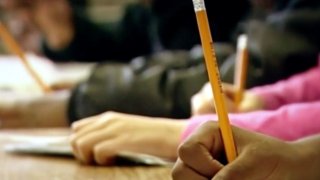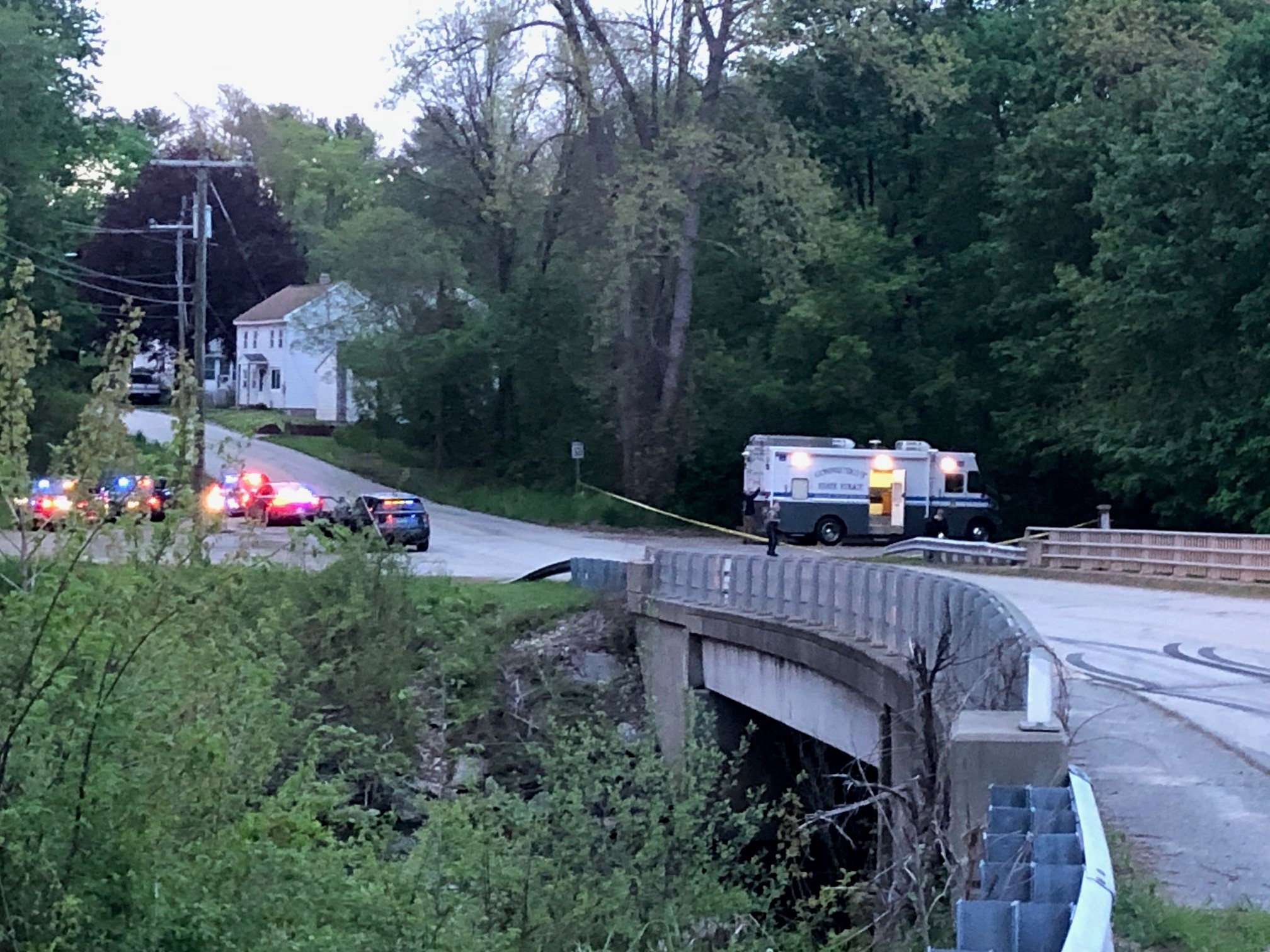
A new report is shedding light on how student performance and engagement is being impacted by remote and hybrid learning models.
Connecticut Rise Network is a nonprofit organization made up of community educators to find ways to help students reach success in high school.
The organization's recent report states that more than 46% of remote students were off-track to move to the next grade level and graduate on time. On the other side, at least 26% of hybrid students were off-track to move to the next grade level and graduate on time. At least 74% of hybrid students are on track, whereas 54% of remote students are on track to move to the next grade level and graduate on time.
The organization partnered with nine school districts, 10 public high schools to measure the success of some 12,000 high school students during the first quarter of the 2020-2021 school year.
Get Connecticut local news, weather forecasts and entertainment stories to your inbox. Sign up for NBC Connecticut newsletters.
The report also listed the make-up of those who opted for remote learning. The report found that female students, students of color and special education students were more likely to enroll in remote learning. Male students, white students and english language learners were more likely to enroll in hybrid learning.

When it comes to engagement and academic performance, 54% of remote students in grades 9-12 were on track in the first quarter, whereas 74% of hybrid students in the same grades were on track for the first quarter.
Local
"There is also a distinct difference in academic performance between students enrolled in remote versus hybrid learning," said Emily Pallin, the executive director of CT Rise Network. "This is not a lost school year, we must work together as a school community to think about adjustments for the second half of the year."
Different school districts and school leaders have worked to meet the needs of students and their families.
"We're doing wake-up calls, we have more visits going out every single day to houses, really just trying to connect with these kids and their families," said Matthew Ryan, principal of East Hartford High School. "In our school, we found that concurrent teaching is the best route for students because they're able to get live teaching both in-person and learning virtually."
Patricia Nunez has a son who is enrolled in a hybrid model and believes it took some time for her son to get used to the new method.

"It's definitely been a challenge, you know, it's almost like air traffic control at our house every day," said Nunez. "Is it different, of course, but I believe he is doing his best to learn."
Noah Nunez tells NBC Connecticut he's been able to adjust on the fly and has gotten used to the hybrid model.
"I've been able to learn whether I'm in class or learning from home," said Noah. "The only problem is waking up at two separate times every other day."
The report listed the recommendations for policymakers, educators and families/students: more resources to fit the needs of students, meeting students where they are and try to meet the needs of students both socially and mentally.
To read the full report, click here.



